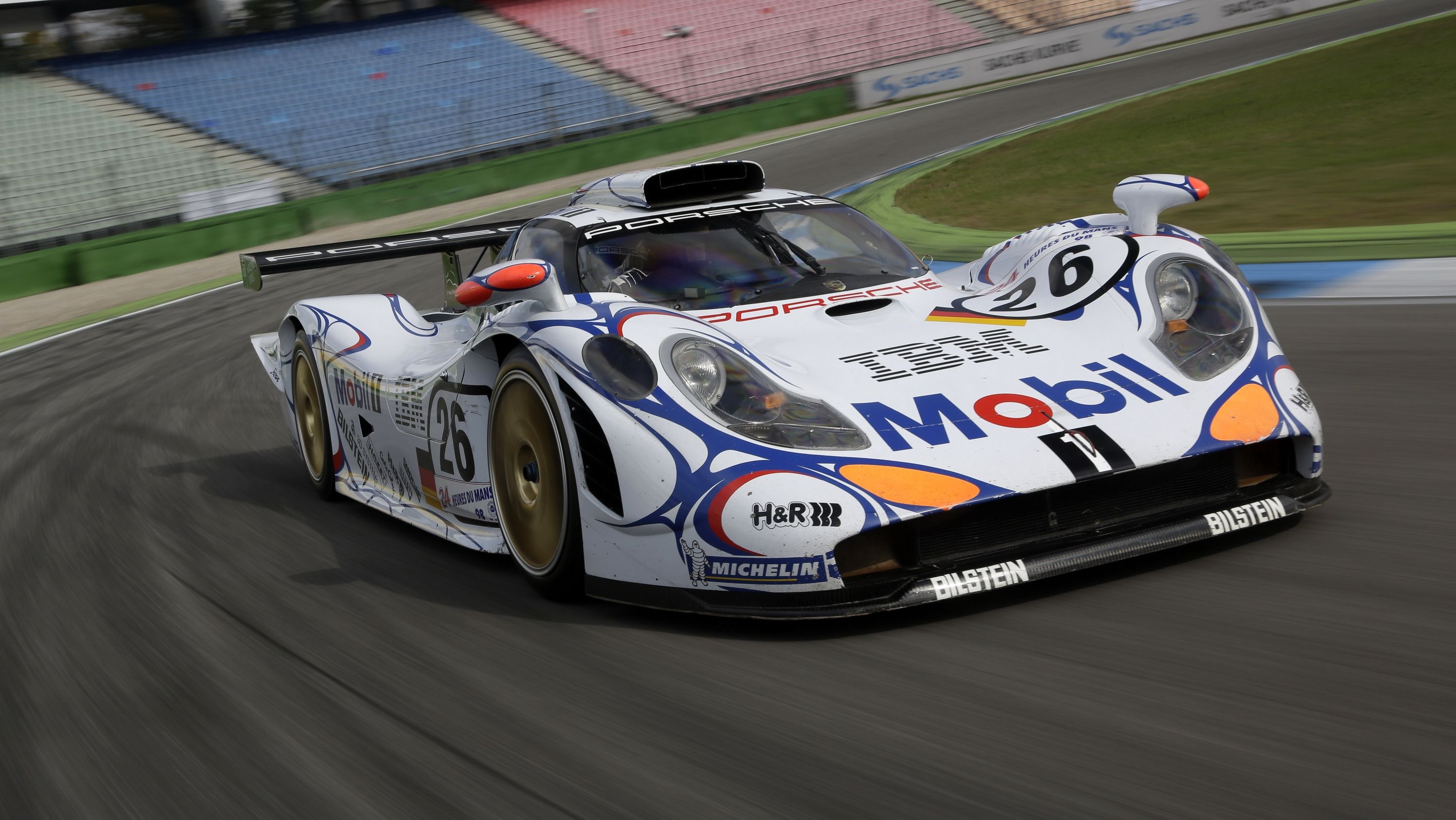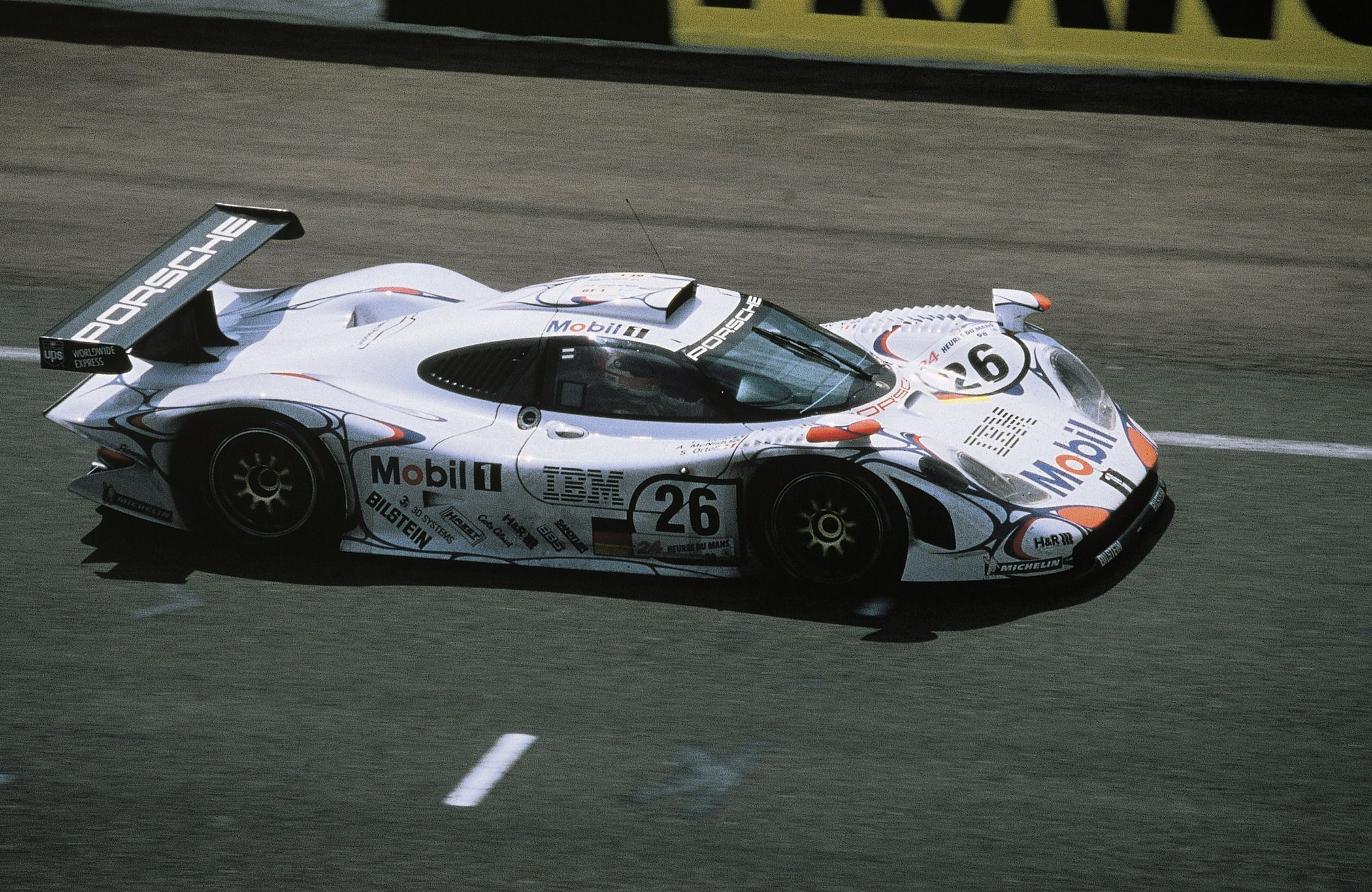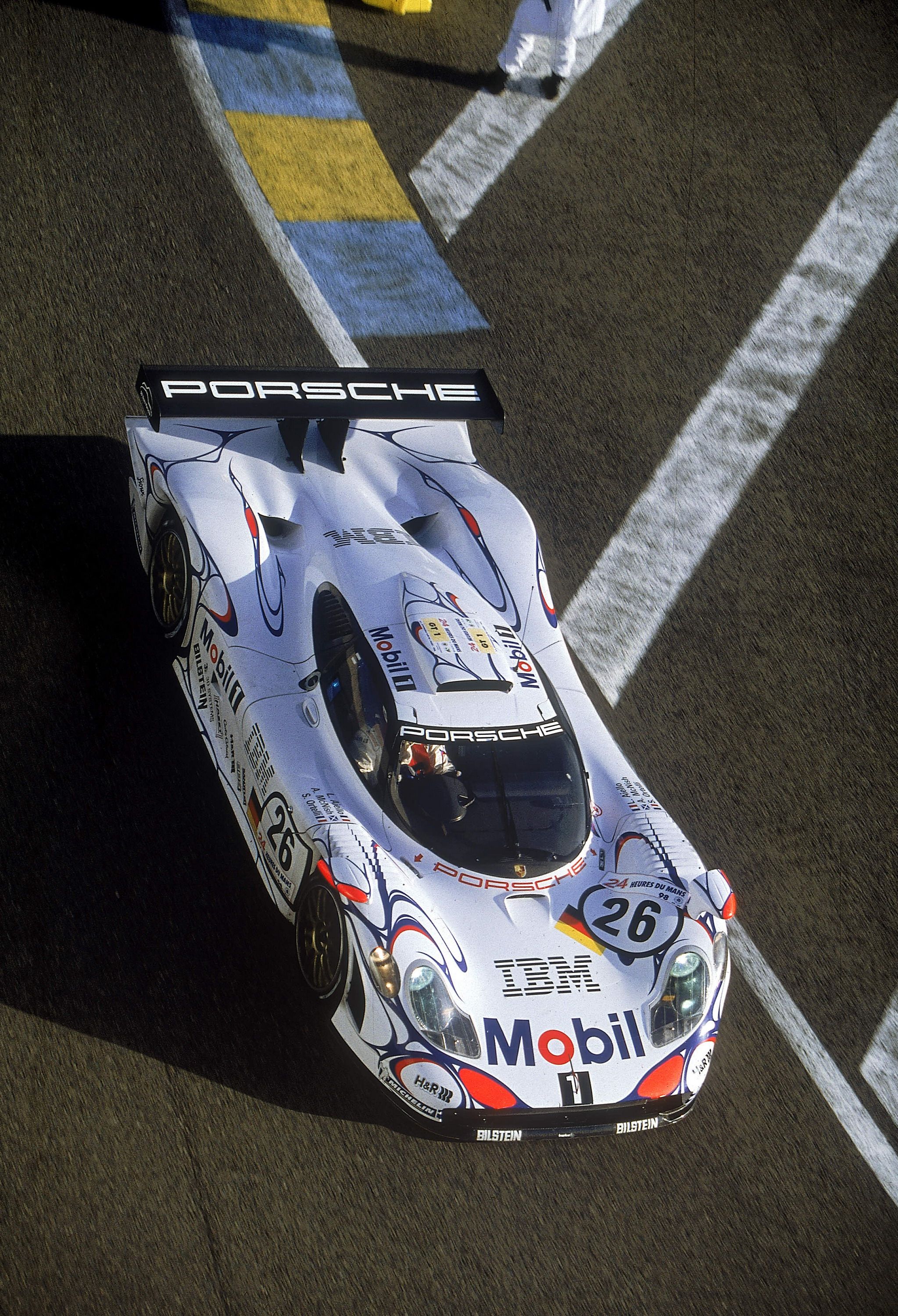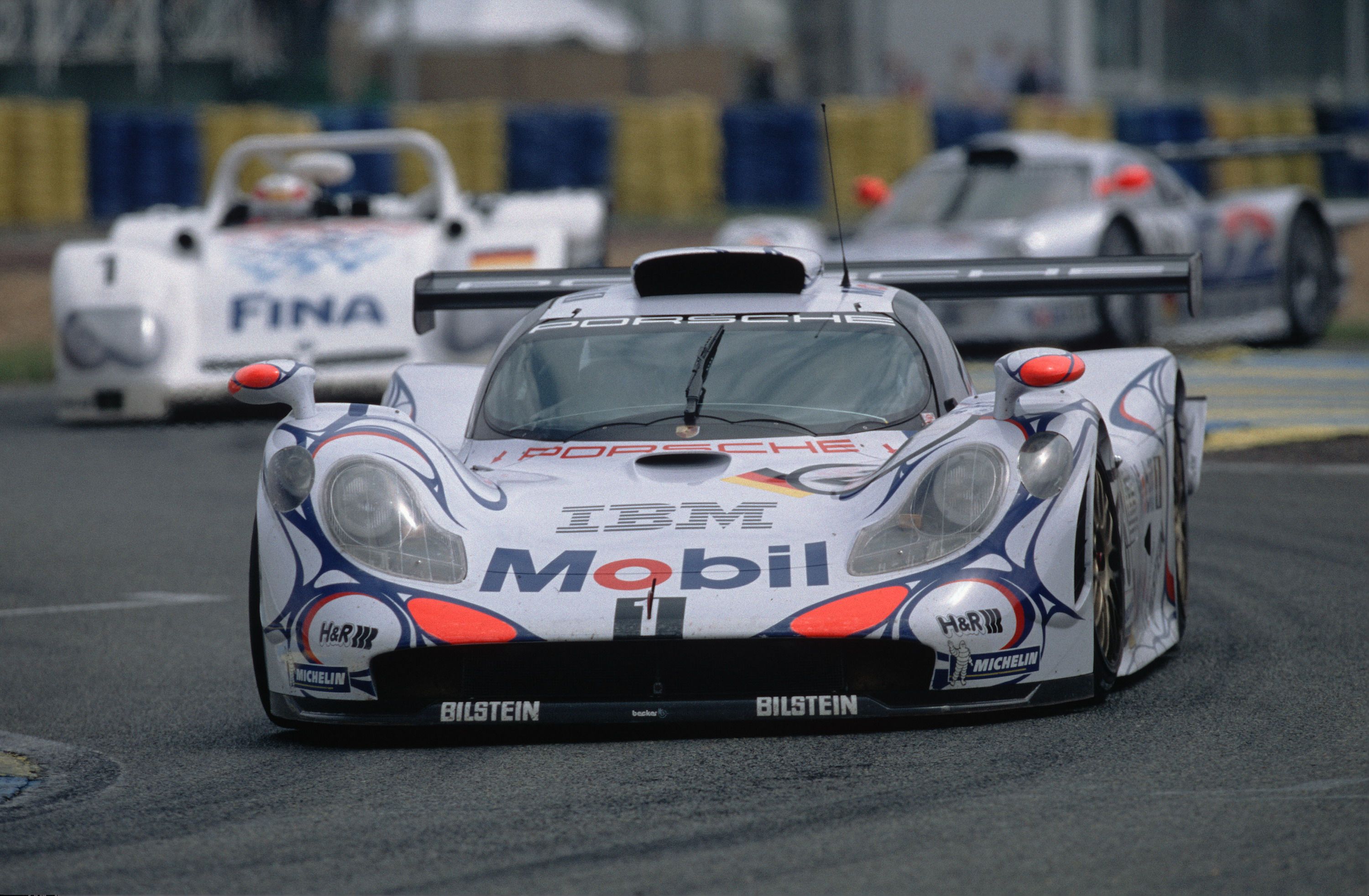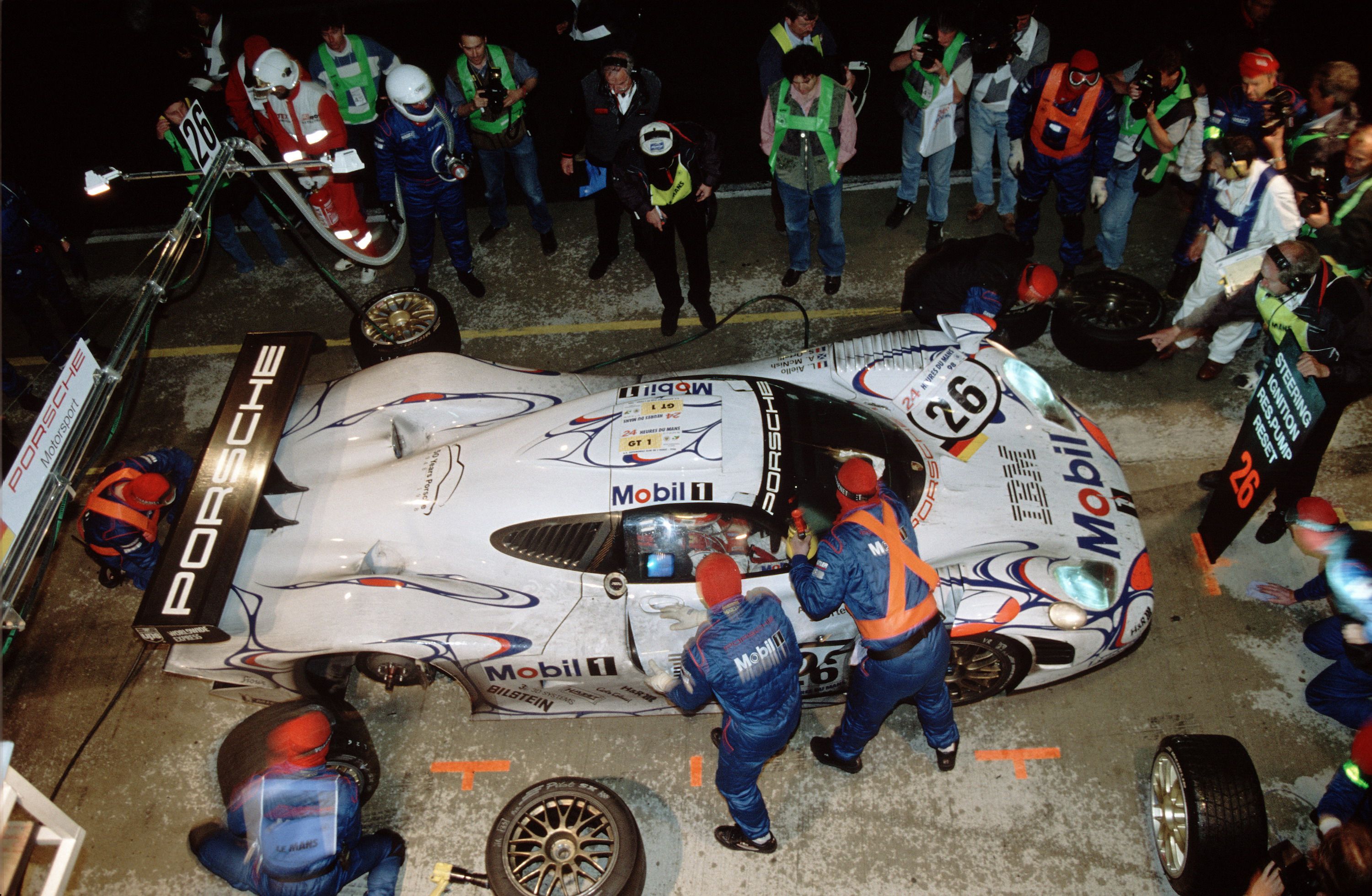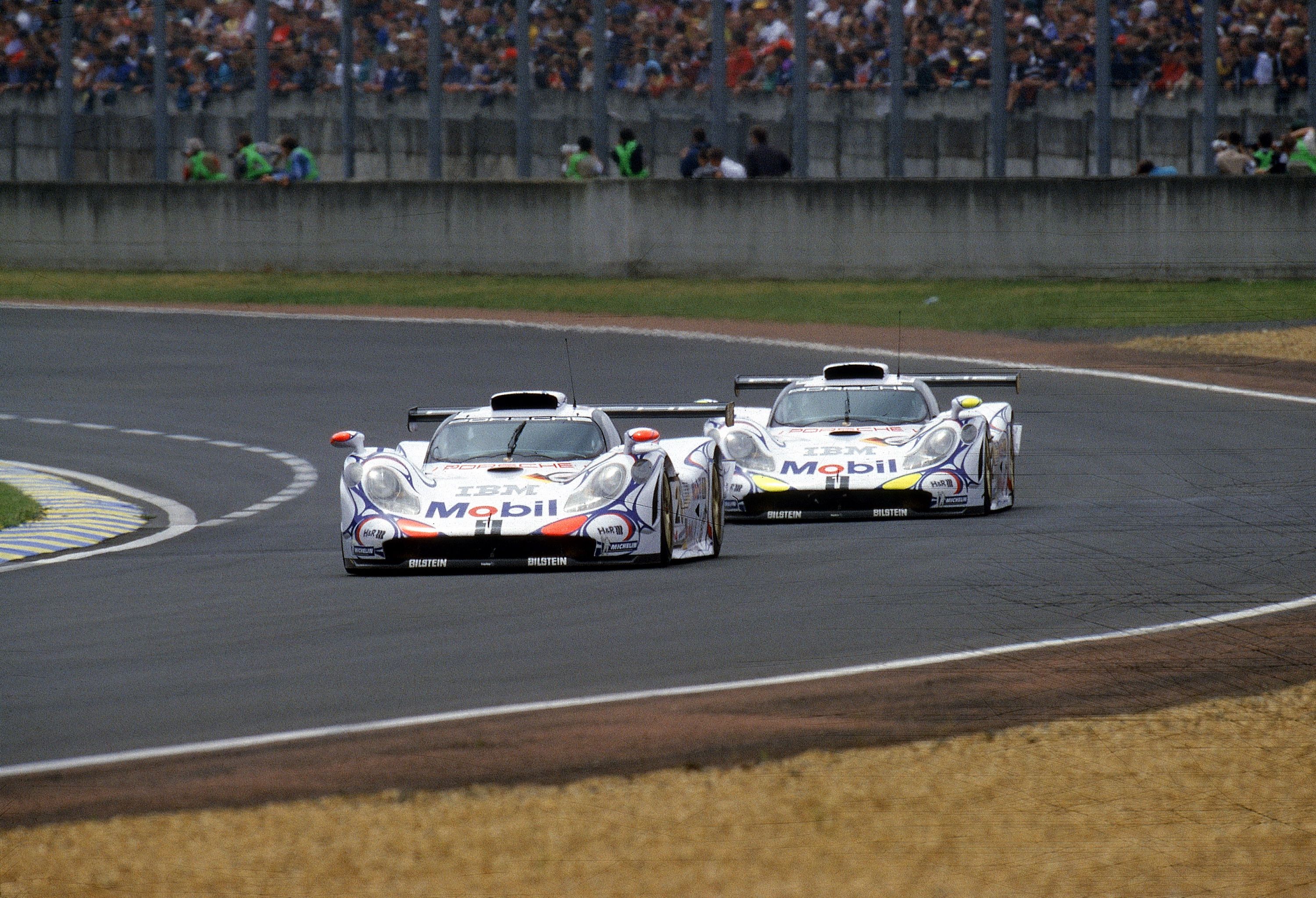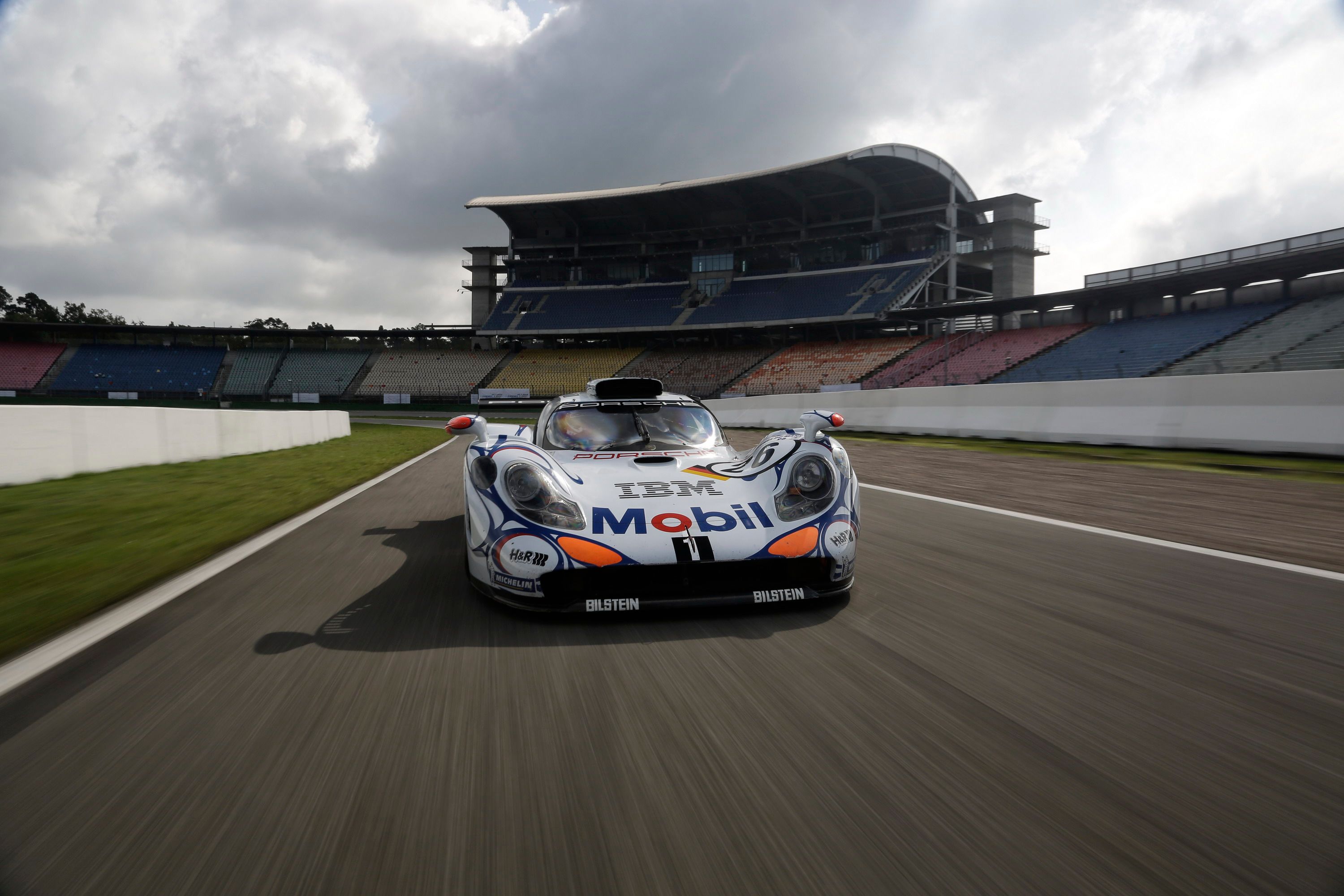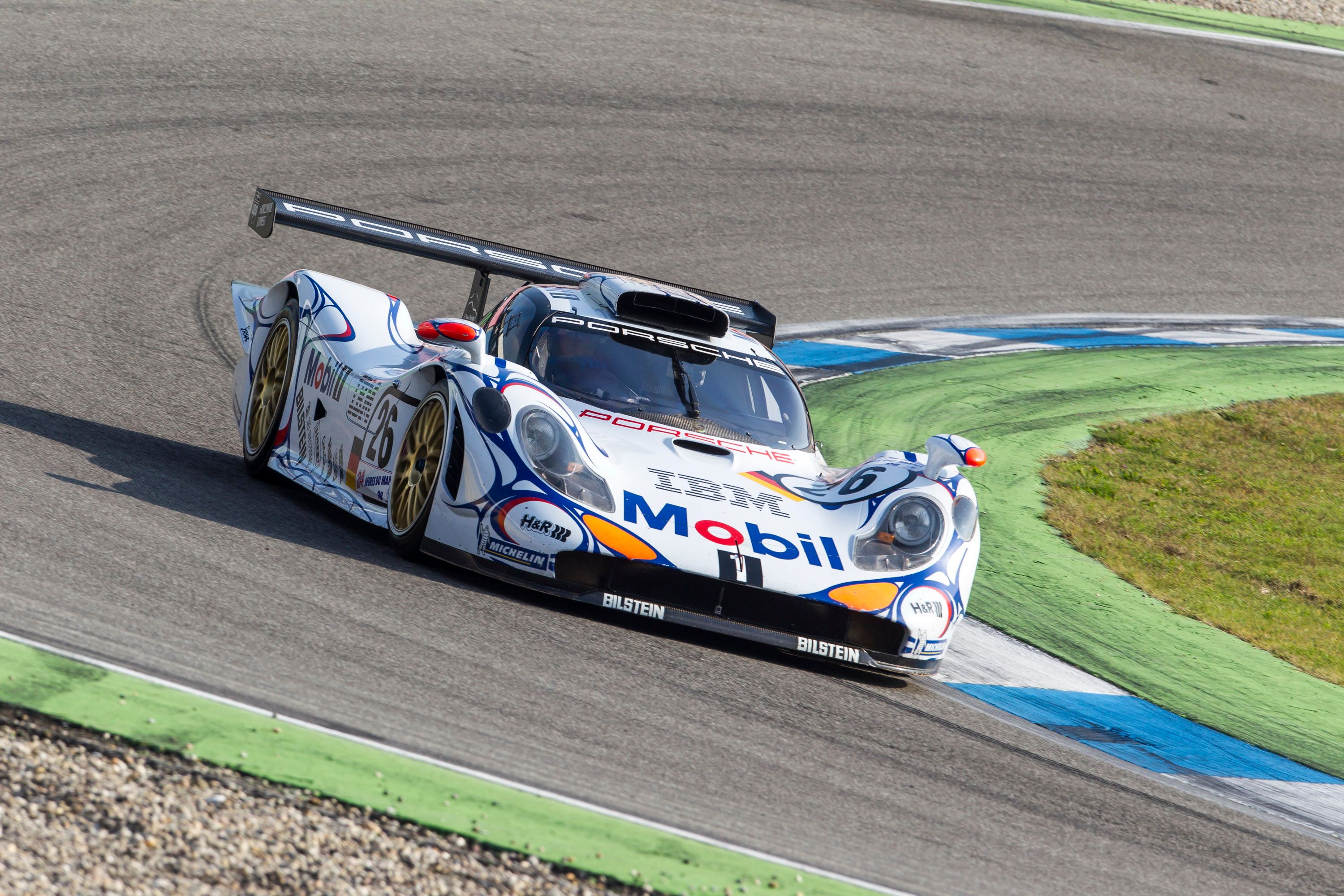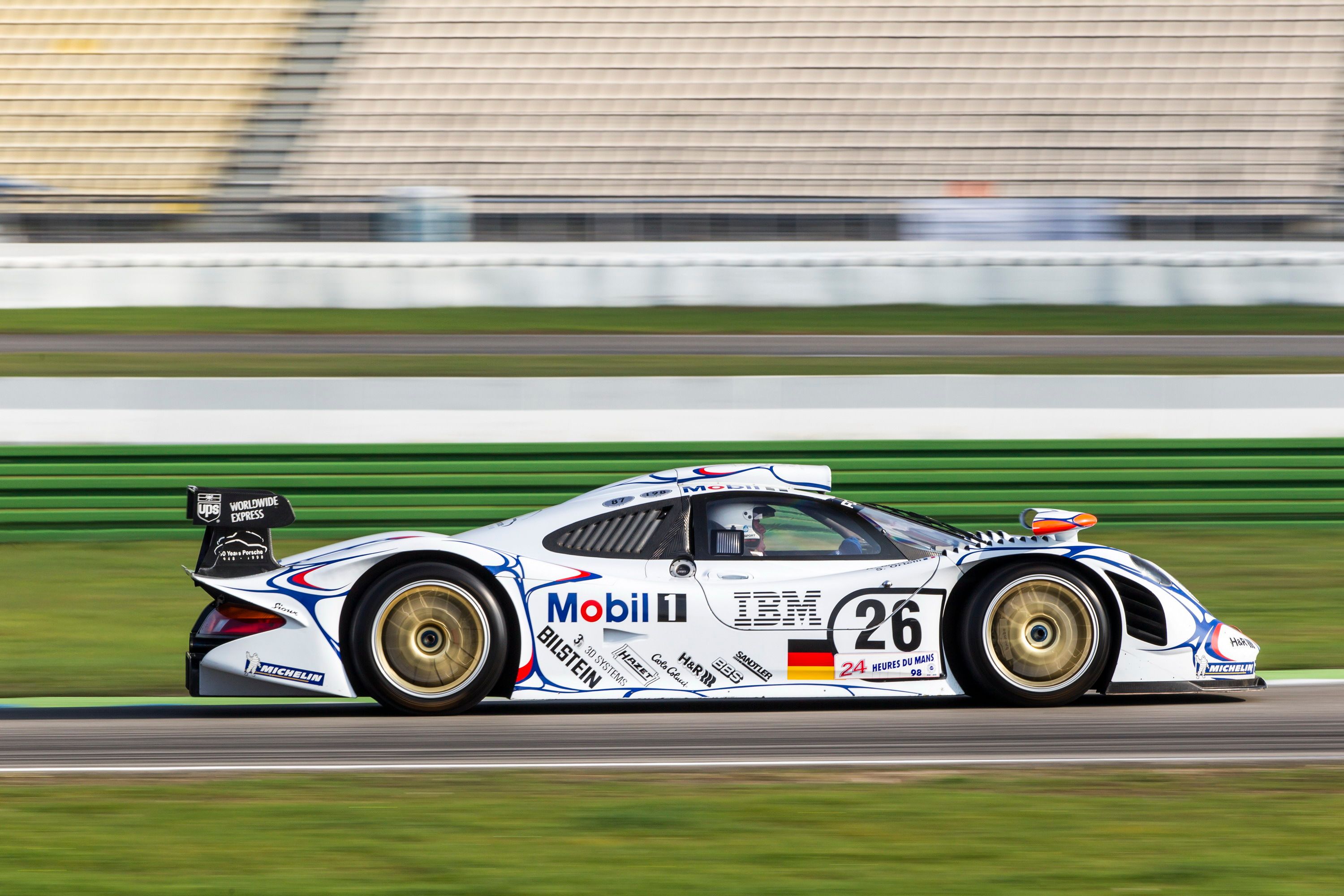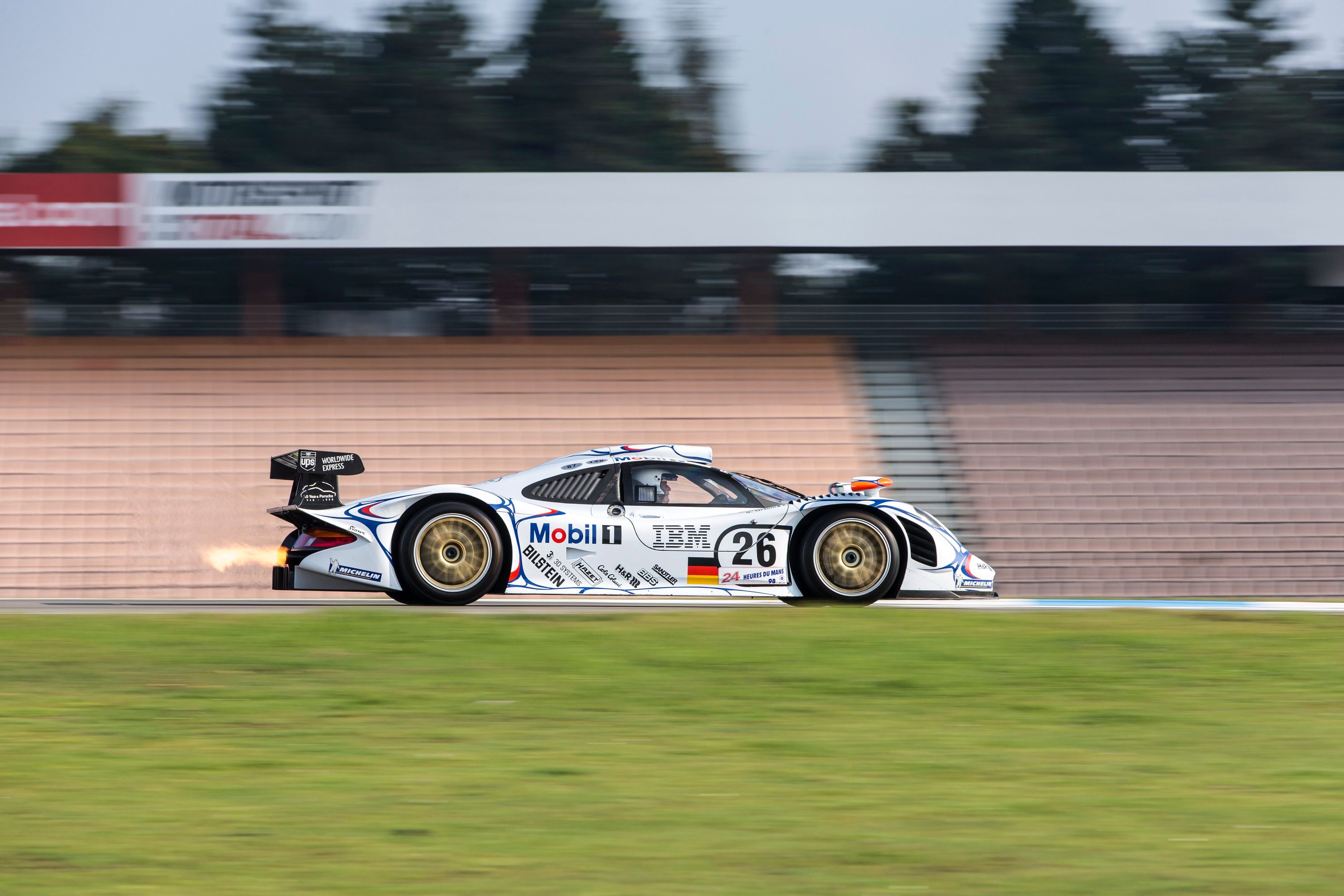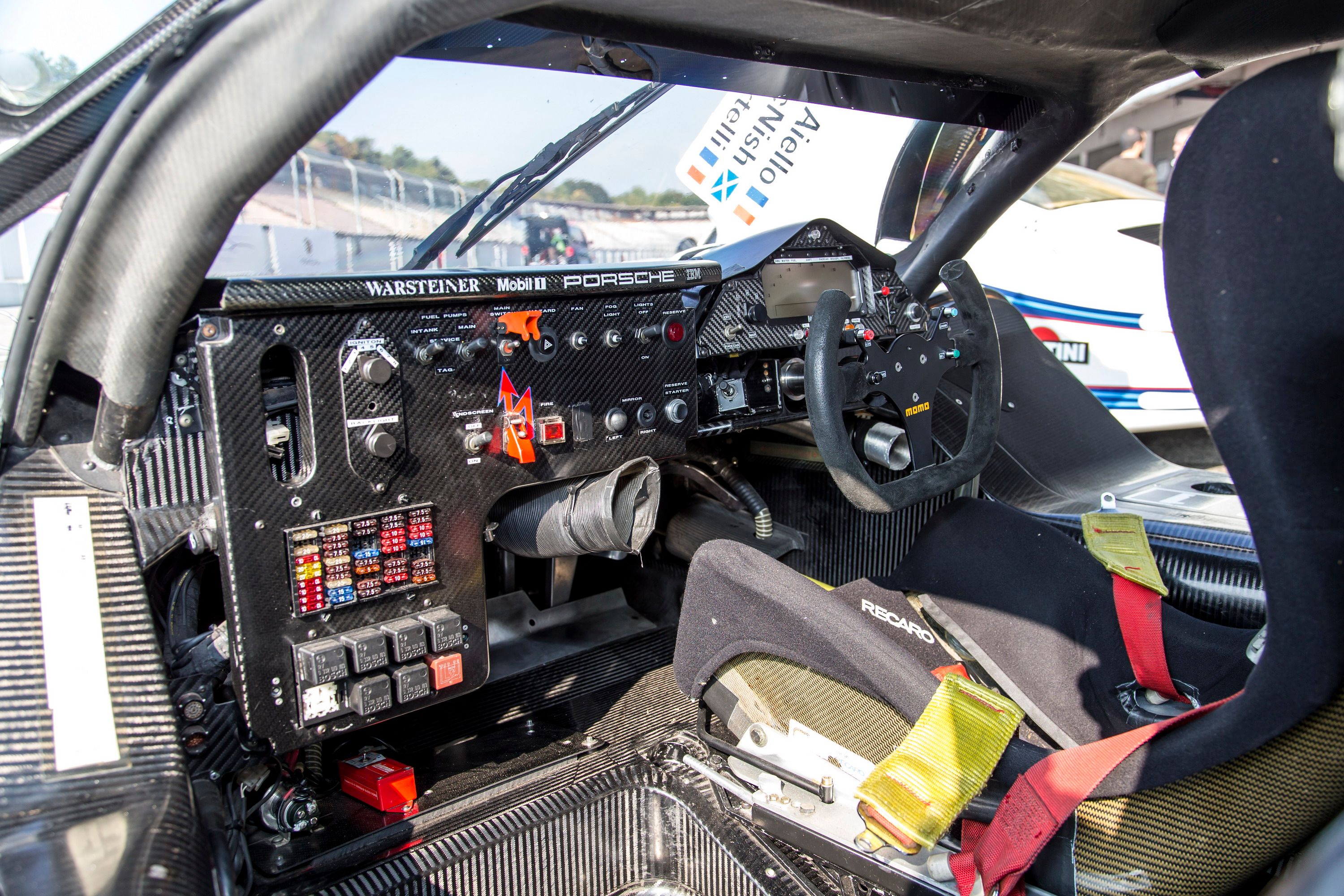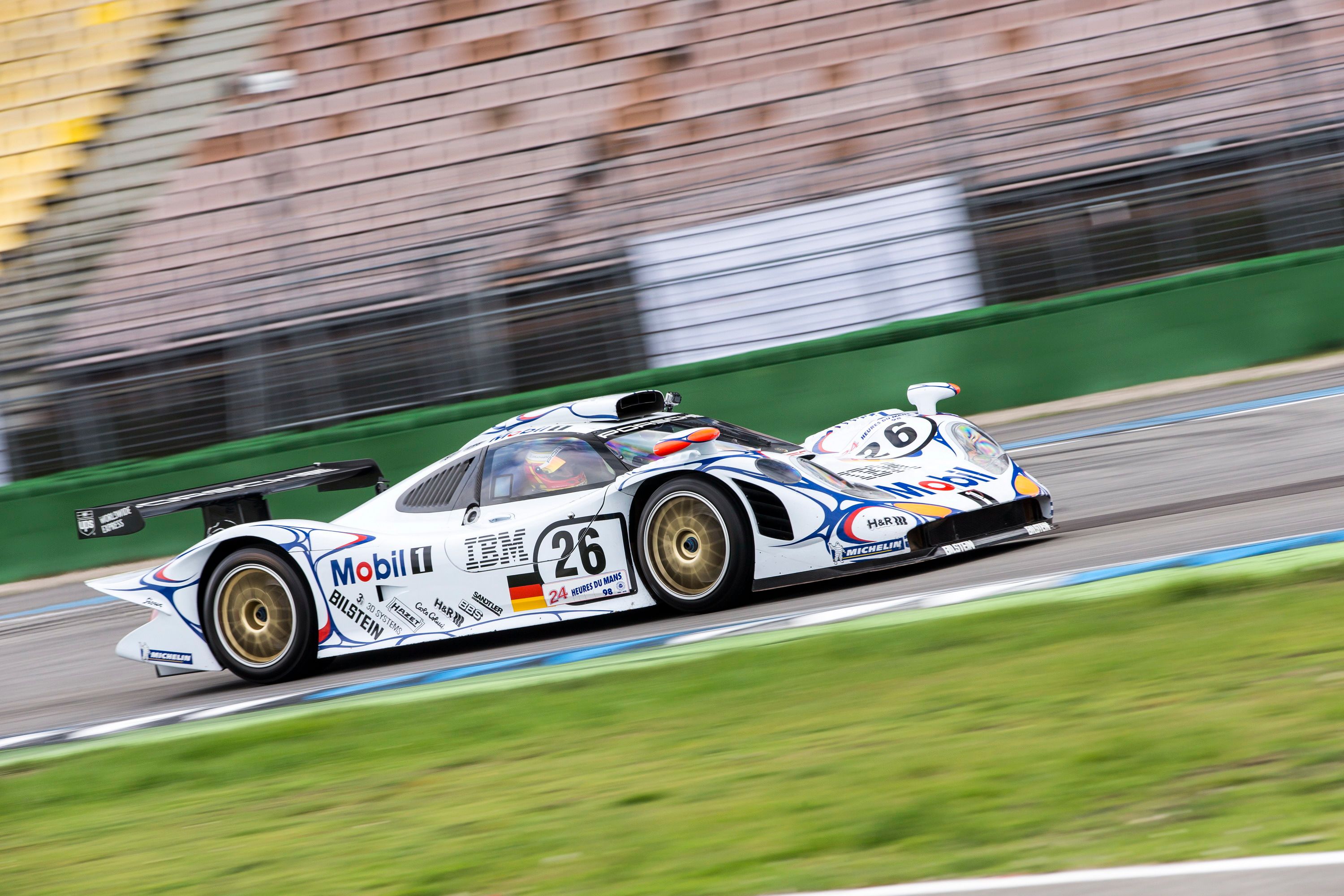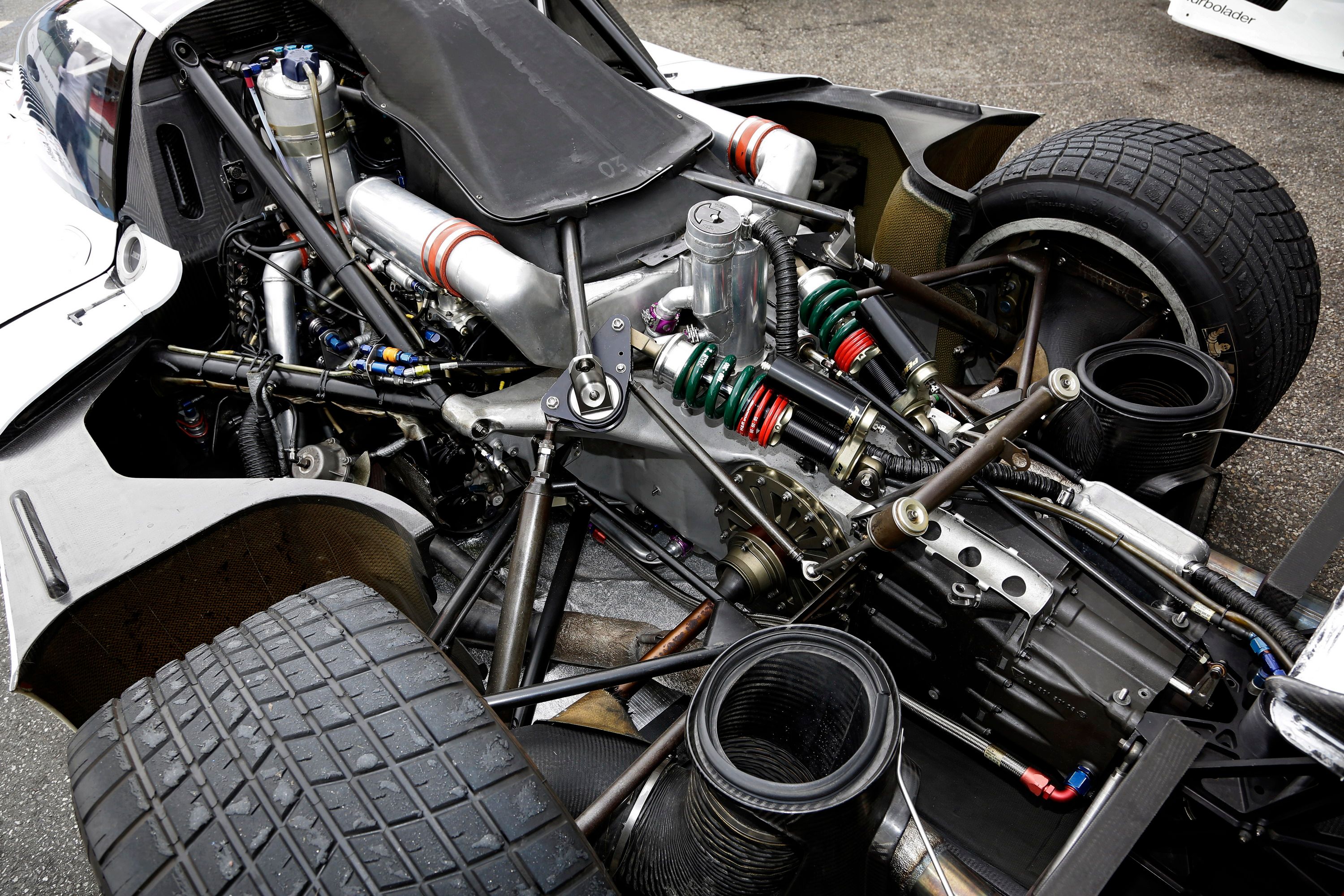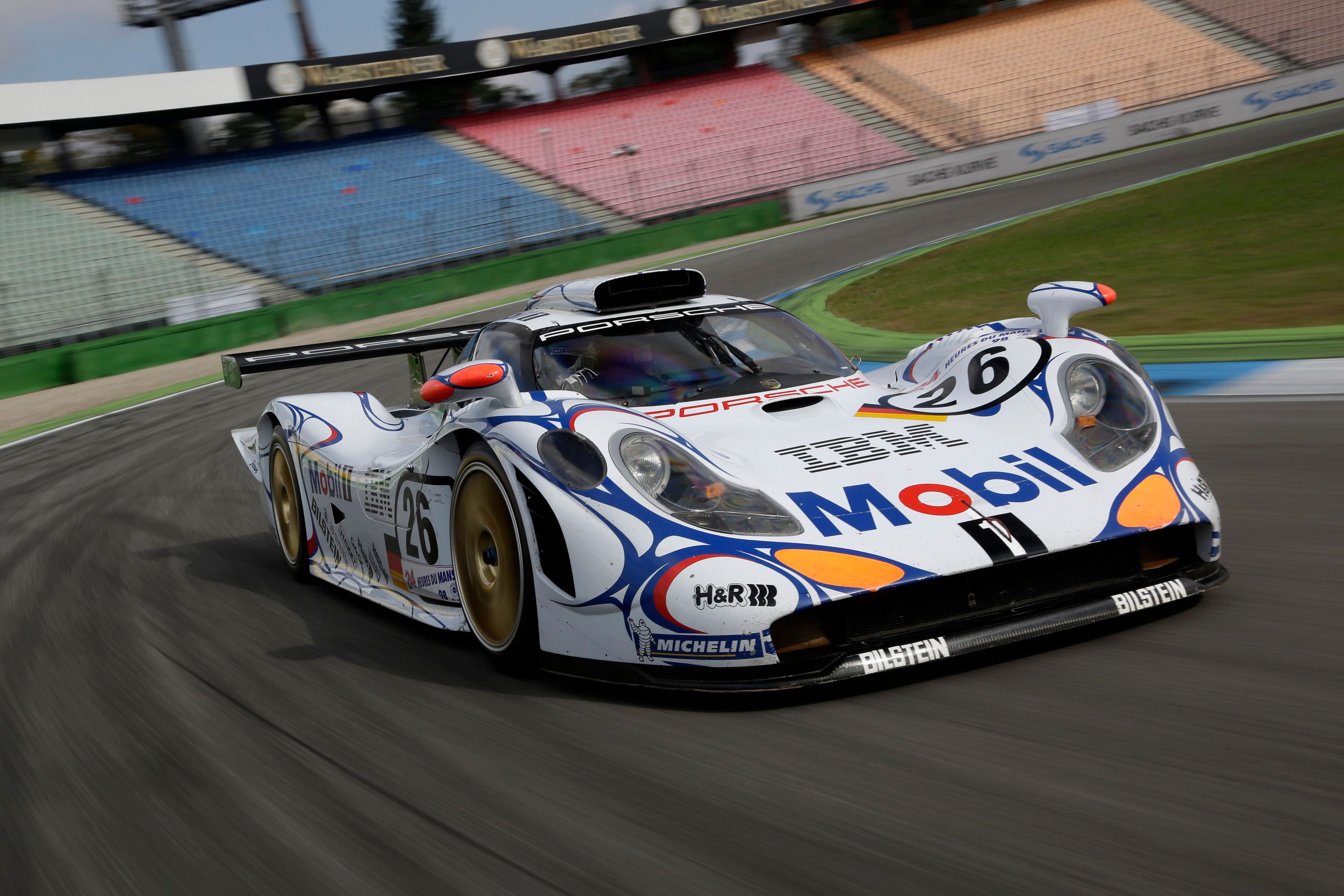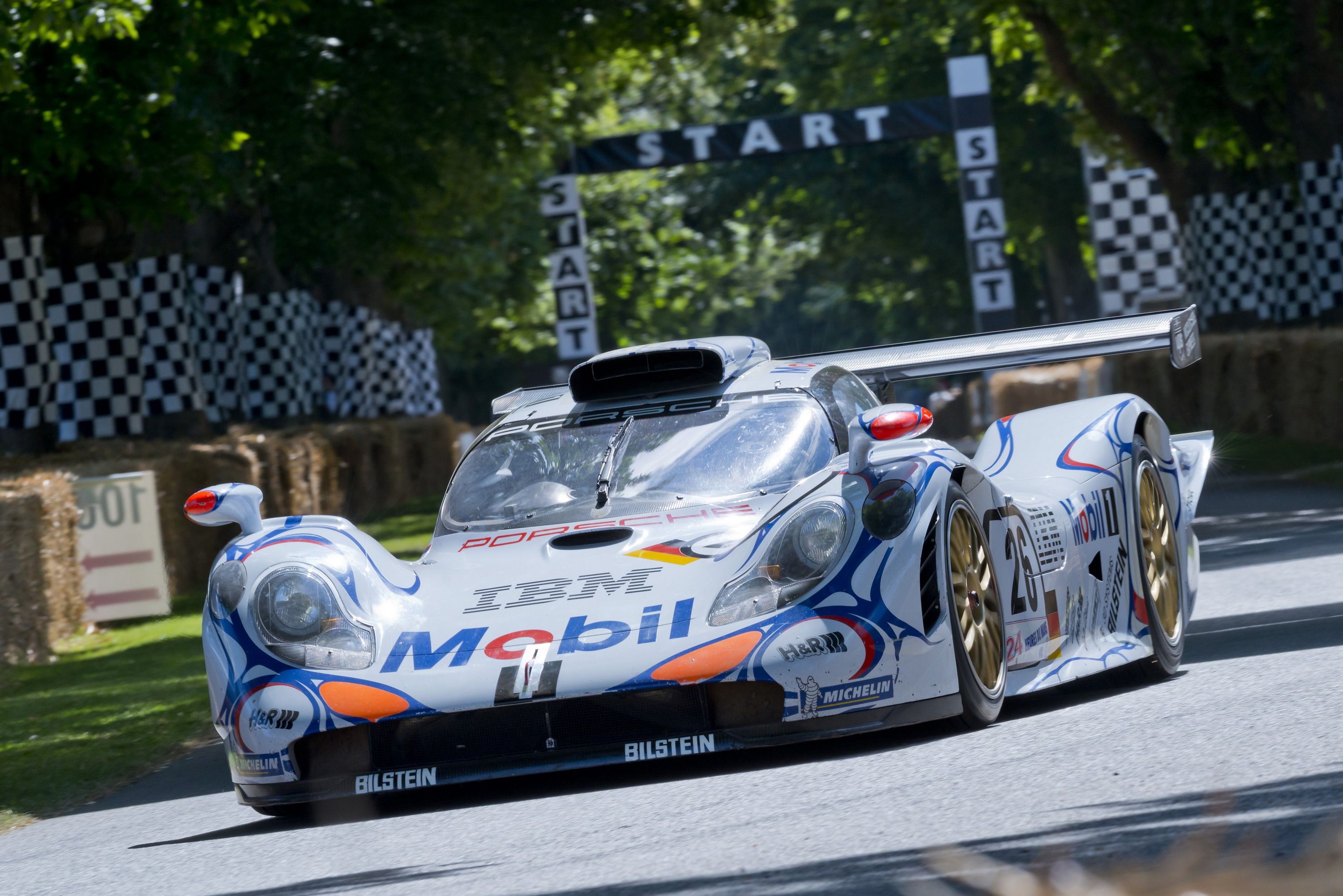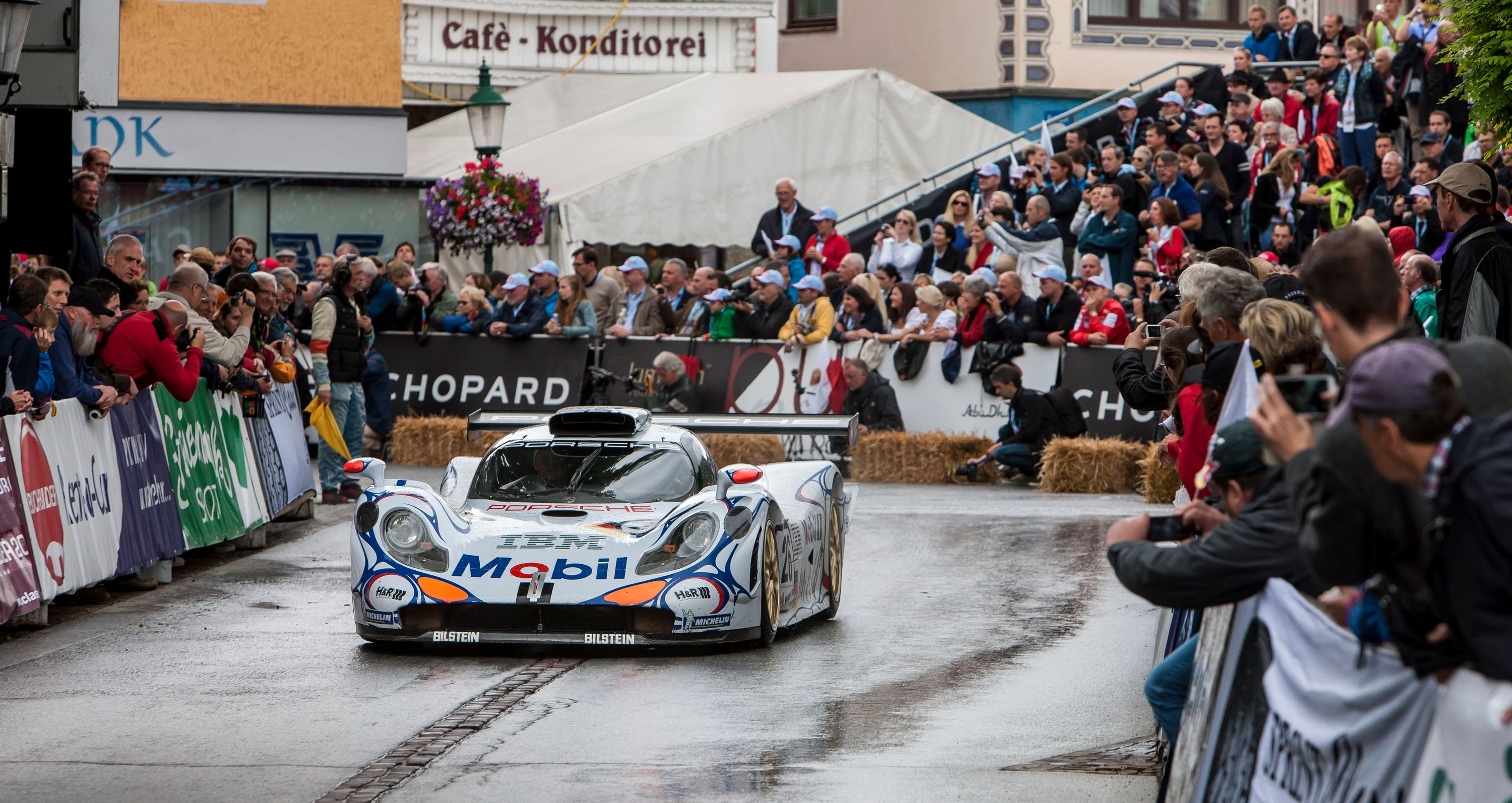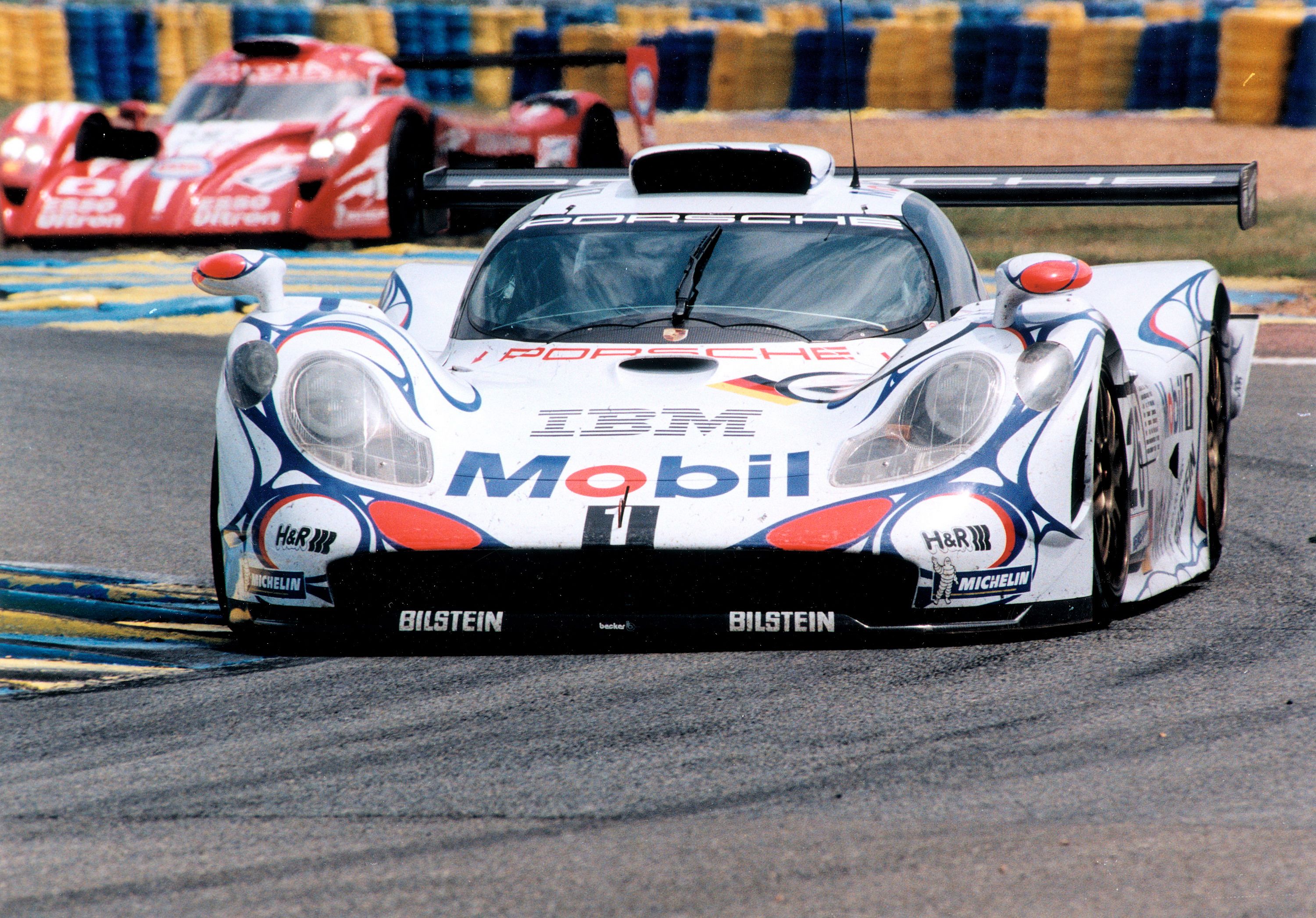The Porsche 911 GT1 is the pride of Porsches Le-Mans efforts. The GT1 also represents the highest in technological achievements Porsche has gained though the development of its 911's previous to the GT1.Created to homologate Porsche's 911 GT1 contender, the street version, sometimes called 'Strassenversion', is one of the most fierce and rare 911s you can run into.
Continue reading to learn more about the 1998 Porsche GT1.
porsche-911-gt1
- Make: Array
- Model: porsche-911-gt1
1998 Porsche 911 GT1
- Engine/Motor: V6
- Horsepower: 550 @ 7200
- Torque: 464 @ 5000
- [do not use] Vehicle Model: Array
Exterior
Exterior Dimensions
|
Length |
4890 MM (192.5 Inches) |
|
Width |
1990 MM (78.3 Inches) |
|
Height |
1140 MM (44.9 Inches) |
Interior
Drivetrain
Drivetrain Specifications
|
Engine |
Twin Turbo Flat-6 |
|
Valvetrain |
4-Valves / Cyl |
|
Displacement |
3200 cc / 195.3 in³ |
|
Bore |
74.4 mm / 2.93 in |
|
Stroke |
95.5 mm / 3.76 in |
|
Power |
549.9 HP @ 7,200 RPM |
|
Torque |
464.7 LB-FT @ 5,000 RPM |
|
Top Speed |
193 MPH |
|
0 to 60 mph |
3.5 seconds |
Competition
Conclusion
The GT1 was originally developed from a 911 to help achieve two main goals: (1) It has to look like a 911 (2) It has to be capable of wining at Le-Mans.
Porsche debuted the 911 GT1 in 1995, announcing that it would compete at the 1996 24 Hours of Le Mans.
In 1996 the new vehicle was a succes at Le Mans,winning the GT1 class at its debut race.
The Porsche did not prove to be as fast in the 1997 FIA series, and failed to win a single race, first against the McLaren F1, and then against the new CLK-GTR.
At Le Mans the GT1 was beaten again.
Porsche committed themselves to a full blown re-thinking of the vehicle for the 1998 race, and eventually brought it back as the 911 GT1 Evolution featuring radical changes to the bodywork and a new sequential gearbox.
The revised "Evolution" model, despite being slow, fulfilled Porsche's slim hopes, taking both first and second place overall thanks to reliability, giving Porsche its record-breaking 16th overall win at Le Mans, more than any other manufacturer in history.
In 1999 Porsche could have entered at Le Mans, but chose not to try to defend the lucky win of '98 against new machines from factories.
The 911 GT1 moved to America to race in the American Le Mans Series, but was only allowed to do so as a LMP (Le Mans Prototypes) class entry, where it proved uncompetitive against actual prototypes such as the Audi R8.
Only one street version had to be built, so very few were made and offered at a huge price to regular Porsche customers.
The car resembles a 996 series 911, but that's about as far as the similarities go!For starters it is mid engined, as opposed to rear engined, and apart from the front and rear lights, every other body part appears to be unique to this car.
The GT1 was purpose-built race car, so only around 30have been made. It had a cabron fibre body, full width wing,and a tiny cockpit.
The engine had to be slightly de-tuned to meet European emissions laws, although its 544 PS (400 kW) and dry weight of 1,100 kg proved to be more than adequate; the vehicle could accelerate to 100 km/h (62 mph) from a standstill in 3.5 seconds on its way to a top speed of 310 km/h (193 mph).
Compared to the GT1s which raced Le Mans, the road-going version had only slight modifications. These changes include a higher ride height, softer suspension, road-going gear ratios and steel brakes which replace the race car's carbon discs.
The GT1 is one of the fastest car ever to be produced, and mark the succes of Porsche in racing, but also in building street-performance cars.

